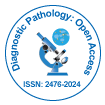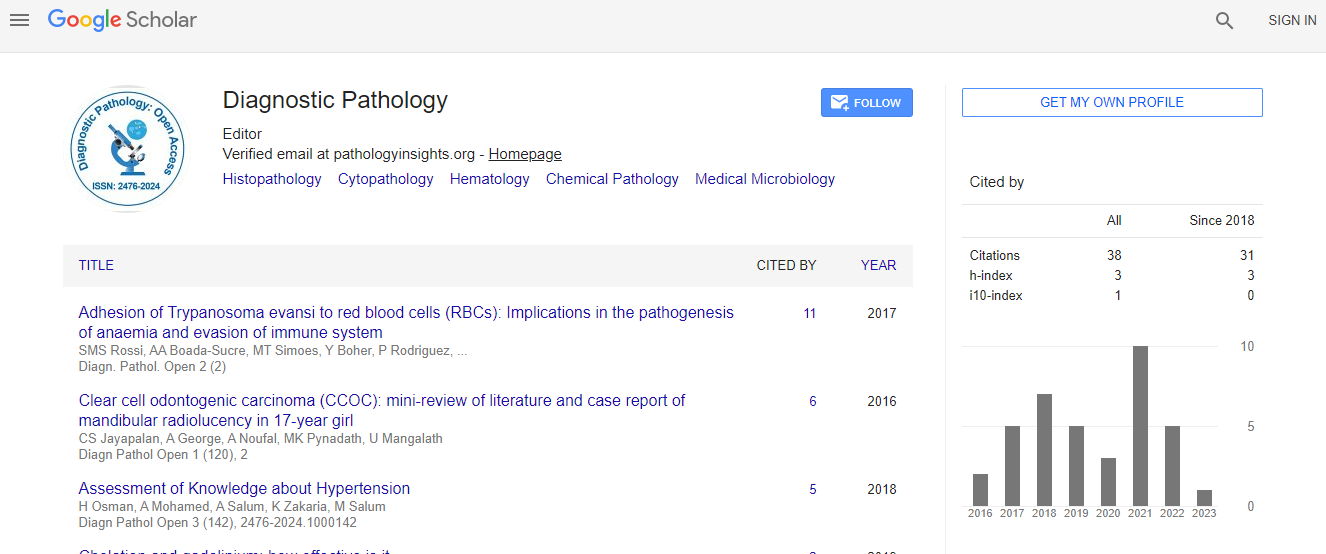Seroprevalence of Toxoplasmosis in Relation to Knowledge and Practice among Pregnant Women in Burao City, Somaliland: A Cross-Sectional Study
*Corresponding Author: Dek Kahin Yosef, Department of Medical Laboratory Sciences, College Of Medical And Health Sciences, Burao University, Burao, Email: dekkahin888@gmail.comReceived Date: Jan 26, 2024 / Published Date: Jan 22, 2025
Citation: Yosef DK, Ali YA, Adeam AA, Mohumed AH (2025) Seroprevalence of Toxoplasmosis in Relation to Knowledge and Practice among Pregnant Women in Burao City, Somaliland: A Cross-Sectional Study. Diagn Pathol Open 10: 247.
Copyright: © 2025 Yosef DK, et al. This is an open-access article distributed under the terms of the Creative Commons Attribution License, which permits unrestricted use, distribution and reproduction in any medium, provided the original author and source are credited.
Abstract
Background: Toxoplasmosis is a zoonotic infectious disease that can affect a variety of warm-blooded vertebrates, including humans and other warm-blooded domestic and wild animals. Antenatal statistics on this parasitic disease are thought to provide baseline data on the prevalence of T. gondii in pregnant women as well as for the planning and implementation of T. gondii diagnostic, control, and prevention programs. Therefore, this study was aimed to determine the seroprevalence of T. gondii infection and its risk factors among pregnant women attending Maternal, and Child Health (MCHs) on the emphasis of screening and management of pregnant women in Burao city, Somaliland.
Objectives: To assess toxoplasmosis seroprevalence in relation to knowledge and practice among pregnant women in Burao city, Somaliland, 2023.
Methods: An institutional-based cross-sectional study was conducted among all pregnant women attending Maternal Child Health (MCHs) in Burao city. A total of 418 pregnant women attending maternal child health were our study population in Burao city. A systematically random sampling method was used to select from a total of 418 pregnancy women from different maternal child health in Burao city. During this study, the data was collected by 1 nursery and 2 midwifery, and 1 supervisor supervising the data being collected who can speak the Somali language. As a part of antenatal care screening, all pregnant women were tested for T. gondii immunoglobulins. Data was checked for completeness, cleaned, coded, entered and collected using Kobo toolbox software (ODK), and exported to Statistical Package for Social Sciences (SPSS) version 27 for analysis to calculate the Odds Ratios (OR) and the respective 95% confidence interval for the association between the presence of T. gondii and potential risk factors.
Result: A total of 418 pregnant mothers, with an average age of 31.7 ± 1.191 years, were attended to at the antenatal care clinics. The overall positivity of against T. gondii in the study population was 67 (16%). Only 41.6% of the respondents have heard about the disease Lack of knowledge significantly increased the risk of infection (OR=0.430, p 0.054).
Conclusion: This study improved knowledge of T. gondii infection exposure in Burao, Somaliland, as well as the relative significance of numerous risk variables, particularly a lack of understanding which is essential for the development of specific toxoplasma control strategy.

 Spanish
Spanish  Chinese
Chinese  Russian
Russian  German
German  French
French  Japanese
Japanese  Portuguese
Portuguese  Hindi
Hindi 
